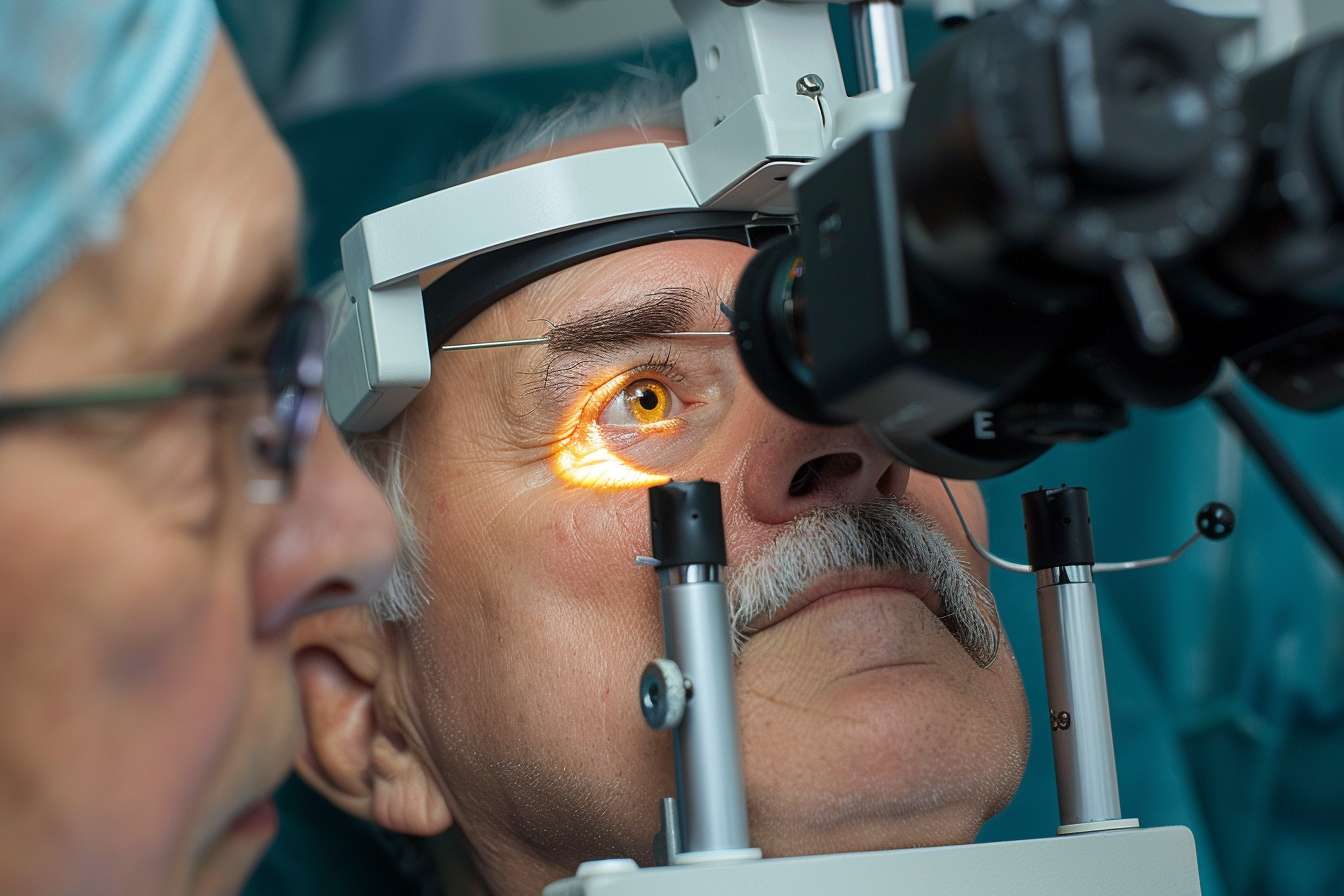Cataract Surgery Is on the Rise – Here’s What’s Driving the Interest
Cataract surgery has become increasingly common in recent years, with more individuals seeking treatment for vision impairment caused by clouded lenses. This growing trend reflects a combination of factors including an ageing population, advancements in surgical techniques, and greater public awareness about eye health. Understanding what drives this interest can help individuals make informed decisions about their vision care and explore the options available to them.

Vision plays a crucial role in daily life, affecting everything from reading and driving to recognising faces and enjoying hobbies. As cataracts develop and cloud the natural lens of the eye, these activities become increasingly difficult. The rise in cataract surgery procedures reflects not only the prevalence of this condition but also the willingness of individuals to seek effective treatment. Multiple factors contribute to this upward trend, from demographic shifts to technological progress in ophthalmology.
Why Are More People Considering Cataract Surgery?
Several interconnected reasons explain the growing number of people opting for cataract surgery. The ageing population stands as a primary driver, as cataracts typically develop in individuals over 60 years of age. With life expectancy increasing, more people are living long enough to experience age-related vision changes. Additionally, modern lifestyles demand clear vision for activities such as computer work, driving, and recreational pursuits, making visual impairment less tolerable than in previous generations. Many individuals now seek surgery earlier in the progression of cataracts rather than waiting until vision becomes severely compromised. The success rates of cataract procedures, often exceeding 95 percent, also encourage people to pursue treatment with confidence.
What Exactly Is Cataract Surgery and How Has It Evolved?
Cataract surgery involves removing the clouded natural lens of the eye and replacing it with an artificial intraocular lens. The procedure has undergone remarkable evolution over recent decades. Traditional techniques required large incisions and lengthy recovery periods, but modern phacoemulsification uses ultrasound waves to break up the clouded lens, allowing removal through a tiny incision typically measuring just 2 to 3 millimetres. This minimally invasive approach reduces healing time and complications. Laser-assisted cataract surgery represents a further advancement, offering increased precision in certain steps of the procedure. The development of premium intraocular lenses also provides options beyond basic vision correction, including lenses that address astigmatism or presbyopia, reducing dependence on glasses after surgery.
How Do Lifestyle Changes Impact the Decision for Cataract Surgery?
Contemporary lifestyles place significant demands on visual function. Screen time has increased dramatically, whether for work, communication, or entertainment, making clear vision essential for daily productivity. Active retirement has become the norm, with older adults engaging in travel, sports, and hobbies that require good eyesight. Driving remains crucial for independence, and deteriorating vision can threaten this freedom. These lifestyle factors motivate individuals to address cataracts sooner rather than delaying treatment. The desire to maintain quality of life and independence often outweighs concerns about undergoing surgery, particularly given the procedure’s safety profile and rapid recovery time.
What Role Does Increased Awareness Play in Cataract Surgery Trends?
Public awareness campaigns and improved access to information have significantly influenced cataract surgery rates. Eye health screenings, often provided through optometrists and general practitioners, identify cataracts earlier in their development. Educational materials from health organisations explain symptoms and treatment options, empowering individuals to seek help. Media coverage of medical advances and personal testimonials from those who have undergone successful surgery reduce anxiety and misconceptions. The normalisation of cataract surgery as a routine procedure rather than a risky intervention encourages more people to consider it. Healthcare professionals also play a vital role by discussing treatment options proactively during routine examinations.
What Are the Costs Associated with Cataract Surgery?
Understanding the financial aspects of cataract surgery helps individuals plan for treatment. In the United Kingdom, cataract surgery is available through the NHS for those who meet clinical criteria, typically when vision impairment affects daily activities. NHS treatment is provided without direct cost to the patient, though waiting times can vary by region. Private cataract surgery offers shorter waiting periods and additional lens options. Private costs generally range from £2,000 to £3,500 per eye, depending on the type of lens selected and the clinic chosen. Standard monofocal lenses cost less than premium multifocal or toric lenses designed to correct multiple vision issues simultaneously.
| Provider Type | Service Offered | Cost Estimation |
|---|---|---|
| NHS | Standard cataract surgery with monofocal lens | No direct cost (publicly funded) |
| Private clinic (standard lens) | Cataract surgery with basic monofocal lens | £2,000 - £2,500 per eye |
| Private clinic (premium lens) | Surgery with multifocal or toric lens | £2,800 - £3,500 per eye |
| Private clinic (laser-assisted) | Laser-assisted surgery with premium lens | £3,200 - £4,000 per eye |
Prices, rates, or cost estimates mentioned in this article are based on the latest available information but may change over time. Independent research is advised before making financial decisions.
Many private providers offer financing plans to spread the cost over several months, making treatment more accessible. Some private health insurance policies cover cataract surgery, though coverage varies by plan. Individuals should verify their specific benefits and any excess payments required. Comparing providers and understanding what each package includes ensures informed decision-making.
Conclusion
The rising interest in cataract surgery stems from a combination of demographic trends, technological advancements, lifestyle demands, and increased awareness. As surgical techniques continue to improve and become more accessible, individuals experiencing vision impairment from cataracts have more options than ever before. Whether choosing NHS treatment or private care, understanding the factors driving this trend and the available choices empowers people to take control of their eye health and maintain their quality of life.
This article is for informational purposes only and should not be considered medical advice. Please consult a qualified healthcare professional for personalized guidance and treatment.




